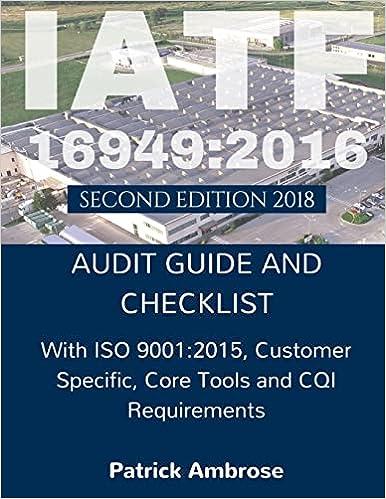Question
After considerable deliberation, the partners of Goldman Sachs, the global investment banking firm, converted the partnership to a corporation in 1999 and floated an initial
After considerable deliberation, the partners of Goldman Sachs, the global investment banking firm, converted the partnership to a corporation in 1999 and floated an initial public offering.
Goldman was the last of the U.S. bulge-bracket investment banks to go public. Commentators saw a big incentive for the 190 partners to make this move. At retirement, partners received book value for their stakes. But in the 1990s bull market, other investment banking firms such as Merrill Lynch and Morgan Stanley Dean Witter were trading at three to four times book value.
Some commentators saw the current partners as following the greed creed to the detriment of the long run. They argued that the partnership structure was a key to Goldmans valuethe ability to attract talent to a tightly knit culture enhanced its human capitaland were concerned that the corporate environment could lead to its erosion.
Jon Corzine and Henry Paulson, the firms co-chairmen when the IPO was proposed, claimed strategic reasons for the IPO: Going public would give the firm a currencyits own shareswith which to make acquisitions. There were fears that Goldman might be left behind in the recent consolidation in the industry, with the TravelersCiticorp merger (which included Salomon Smith Barney and DLJ), the Morgan Stanley and Dean Witter combination, and the Deutsche Bank and Bankers Trust union.
Goldman floated 15 per cent of its shares in the IPO in May 1999 at $70 per share with the ticker GS. With 441.3 million shares outstanding, this gave it a market capitalization of $30.891 billion on its last-reported book value of $7.85 billion.
Analysts forecasted an EPS for Goldman of $4.69 for the fiscal year ending November 1999 (before special charges relating to the IPO) and $4.26 for 2000, and most gave it a hold recommendation. Goldman indicated it would pay a $0.48 per share dividend.
With these forecasts (and any other considerations you might raise), discuss whether the price-to-book ratio for the IPO price was justified. Use a required return of 10 per cent. Find the value of the stock in 1998. (30 marks)
Analyse the arguments for taking Goldman public. Have you considered those arguments in your answer to (a)? (20 marks)
Goldmans issue price was at approximately the same multiples of book value and earnings as those for Merrill Lynch and Morgan Stanley Dean Witter, two other bulge bracket banks. Does this comparison justify the price for Goldman Sachs? Analyse using multiple theory arguments. (20 marks)
This case was written in October 1999. Goldmans strategy might be more apparent when you read this case later, and its effects can be incorporated into this analysis. With later numbers, the question arises whether the $70 price was justified. Did the partners deliver on the growth rates implicit in the $70 price? Here are the actual results for subsequent years:
1999 2000 2001 2002
Eps 5.69 6.33 4.53 4.27
Dps 0.48 0.48 0.48 0.48
Compare between the forecasted numbers in the previous questions and the actual numbers in this question.
At the end of fiscal 2003, GS traded at $91. What is the cum-dividend price in 2003. Is this investment worth to take compared to the required return of 10%? (30 marks)
Step by Step Solution
There are 3 Steps involved in it
Step: 1

Get Instant Access to Expert-Tailored Solutions
See step-by-step solutions with expert insights and AI powered tools for academic success
Step: 2

Step: 3

Ace Your Homework with AI
Get the answers you need in no time with our AI-driven, step-by-step assistance
Get Started


